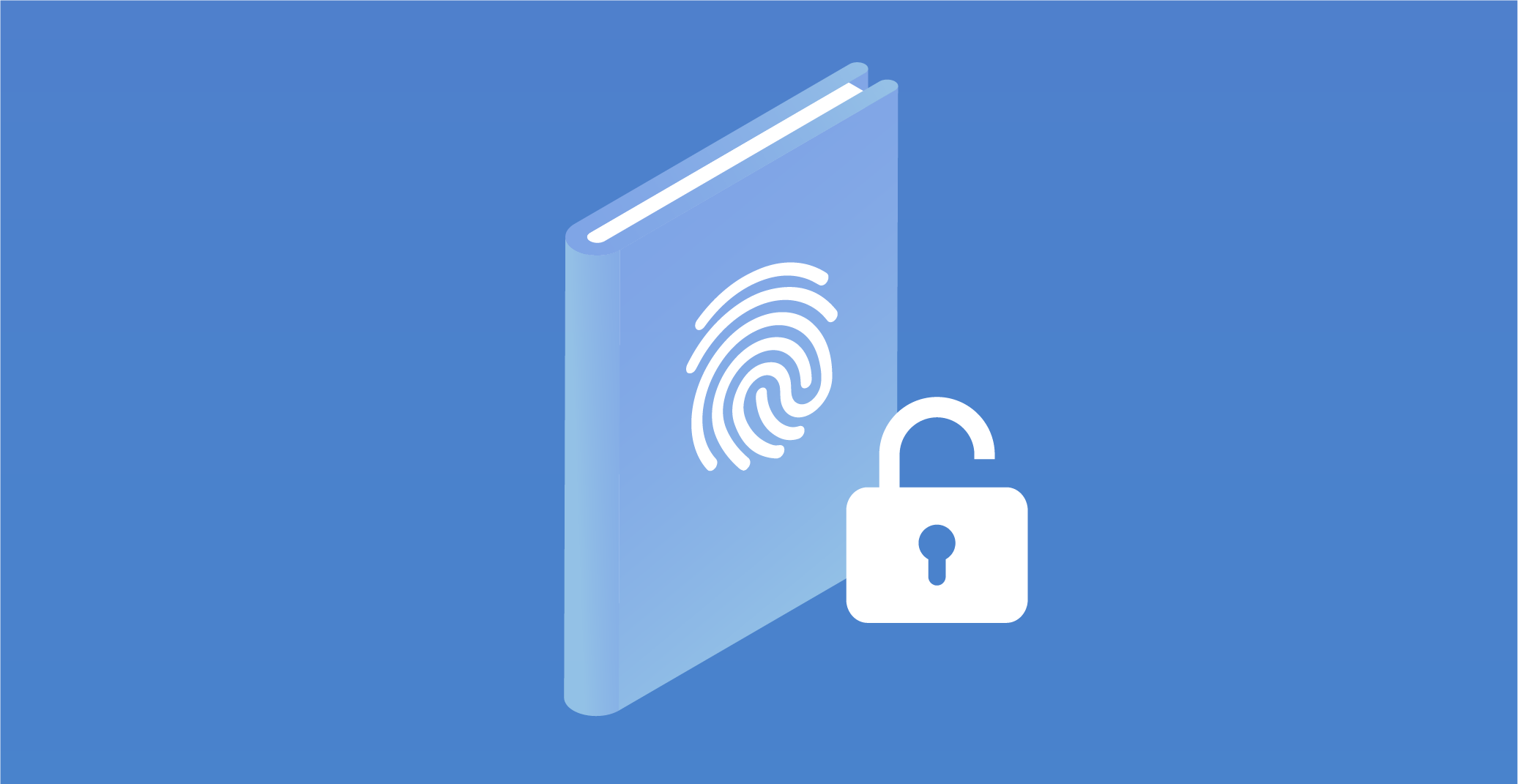Biometric data on your passport — can it be hacked?

Biometric data refers to physical or behavioral characteristics that can be used to recognize a person. Indeed, in today's world, biometric data has become a widely used method of identifying individuals. Some examples of biometric data include fingerprints, facial recognition, and iris scans. Biometric data is now being used in a variety of applications, including in passports. Passports with biometric data are now the norm in many countries, and they offer several advantages over traditional passports. However, they also come with their own set of risks, including the possibility of being hacked.
The primary purpose of biometric data on a passport is to improve security and reduce the likelihood of identity fraud. The biometric data on a passport is unique to each individual and is difficult to replicate or forge. This makes it much harder for someone to use a fake passport or assume someone else's identity. In addition, biometric data can be used to speed up the passport control process, reducing wait times at airports and border crossings.
However, biometric data on passports is not foolproof. Hackers can potentially access this data and use it for their own purposes. For example, they may be able to use the data to create fake passports or to steal someone's identity. This is a major concern for many governments and individuals, as the consequences of identity theft can be severe.
Ways in which the biometric data on passports can be hacked
There are several ways in which biometric data on passports can be hacked. One method is through the use of skimming devices. Skimming devices can be used to steal the data on a passport's RFID chip, which contains biometric data. These devices can be hidden in public places, such as airports or train stations, and can be used to steal data from unsuspecting individuals. Once the data has been stolen, it can be used to create fake passports or to steal someone's identity.
Another way in which biometric data can be hacked is through cyberattacks. Cybercriminals can use various methods to gain access to a passport database and steal the biometric data contained within it. This data can then be sold on the dark web to other criminals or used to create fake passports. Cyberattacks can also be used to alter or delete data in the passport database, which can cause chaos and confusion for governments and individuals alike.
One example of biometric data being hacked is the 2014 breach of the US Office of Personnel Management. In this breach, hackers were able to steal sensitive data, including the biometric data of millions of government employees. This data included fingerprints, which can be used to identify individuals. The breach was a significant blow to US national security, and it highlighted the vulnerability of biometric data.
Another example of biometric data being hacked is the 2019 breach of Suprema, a biometric security company. In this breach, hackers were able to access the biometric data of millions of people, including fingerprint and facial recognition data. This data was being used by various organizations for security purposes, and the breach was a major concern for those who had entrusted their biometric data to Suprema.
The risks of biometric data being hacked are significant, as the consequences can be severe. For example, if a criminal gains access to someone's biometric data, they can potentially use it to create fake passports, steal their identity, or commit other crimes. This can result in financial loss, legal troubles, and damage to one's reputation.
How to protect biometric data on passports
To protect biometric data on passports, individuals and governments need to take steps to minimize the risk of it being hacked. One key step is to use encryption to protect the data while it is being transmitted and stored. Indeed, Encryption is a process of encoding data so that it can only be accessed by authorized parties with the appropriate decryption key. By encrypting biometric data on passports, the risk of it being intercepted or stolen by unauthorized parties is reduced.
Another important step is to improve cybersecurity measures to prevent cyberattacks. This includes implementing firewalls, using secure passwords, and regularly updating software and security protocols. It is also important to educate individuals about the risks of biometric data being hacked and how to protect themselves.
In addition, individuals can take steps to protect their own biometric data. This includes being vigilant about suspicious activity, such as phishing emails or phone calls that ask for personal information. It is also important to keep passports and other sensitive documents in a safe place and to report any lost or stolen passports immediately.
Despite the risks associated with biometric data on passports, it is important to note that it remains one of the most secure methods of identification available. While no security system is foolproof, the use of biometric data can significantly reduce the risk of identity fraud and improve security at airports and border crossings. By taking steps to protect biometric data, individuals and governments can minimize the risks of it being hacked and ensure that it remains a secure method of identification for years to come.
Conclusion
Biometric data on passports offers several advantages over traditional passports, including improved security and faster passport control. However, it also comes with its own set of risks, including the possibility of being hacked. Hackers can use various methods to access biometric data, including skimming devices and cyberattacks. Governments and individuals need to be aware of these risks and take steps to protect their biometric data. This may include using encryption, improving cybersecurity measures, and being vigilant about suspicious activity. The consequences of biometric data being hacked can be severe, and it is up to all of us to take steps to prevent it from happening.

